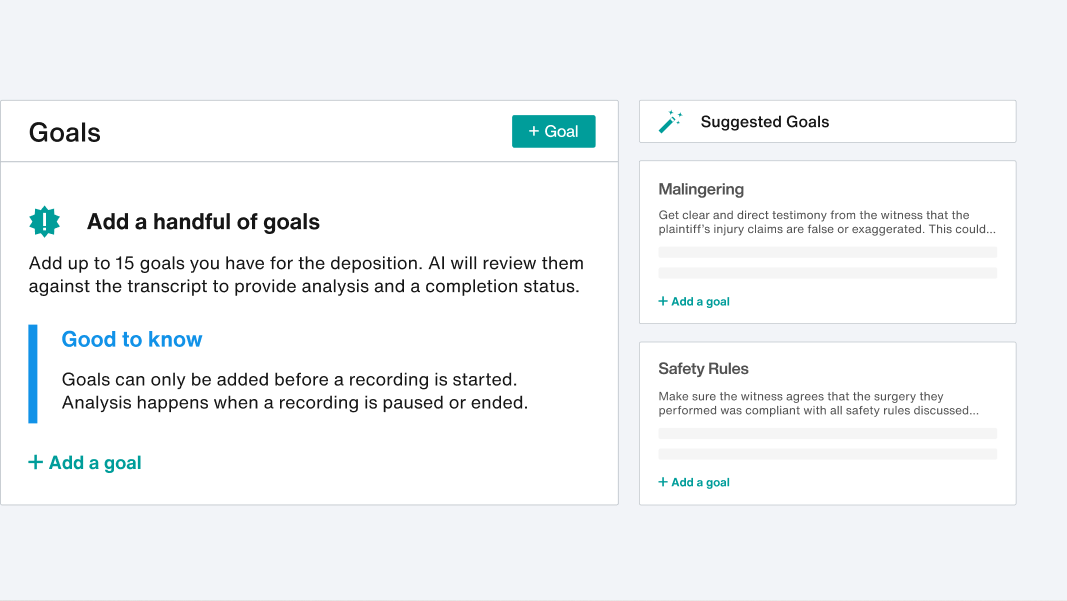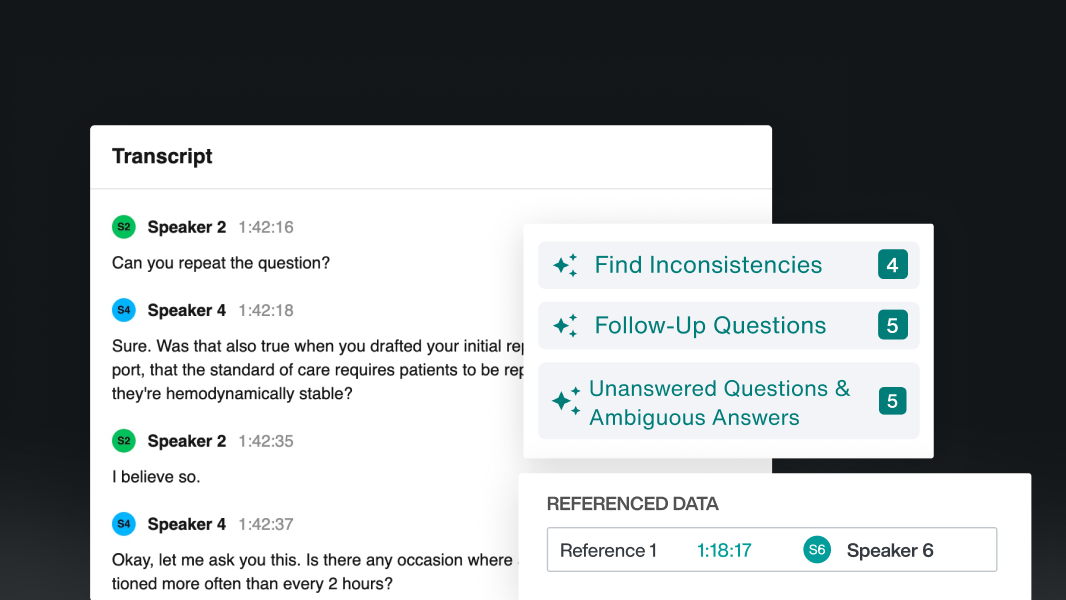My
deadline
for
this
column
is
midnight
on
election
night.
As
I
write
this,
I
don’t
know
how
the
election
is
going
to
turn
out
(though
you
can
probably
guess
my
preference
considering
that
one
of
the
candidates
talks
about
shooting
journalists).
I
do
know
that
on
November
6,
and
in
the
days
that
follow,
the
stock
market
is
either
going
to
go
up
or
go
down,
and
a
lot
of
people
are
going
to
be
attributing
it
to
the
election
outcome.
Don’t
buy
it.
If
you
follow
this
column
at
all,
you
have
probably
already
read
my
thoughts
about
a
president’s
impact,
or
lack
thereof,
on
the
stock
market.
Sure,
the
policies
of
a
presidential
administration
can,
over
time,
have
some
sort
of
an
effect
on
stock
market
returns.
Yet,
most
stock
prices
do
not
react
instantaneously
to
election
results.
In
case
you
haven’t
noticed,
politicians
lie
a
lot.
Even
the
honest
ones
frequently
over-promise
and
under-deliver,
stymied
by
checks
and
balances
embedded
throughout
all
three
branches
of
government.
Traders
cannot
react
much
to
what
a
newly
elected
politician
has
said
he
or
she
is
going
to
do,
because
all
too
often
it
does
not
actually
get
done.
When
there
is
some
level
of
certainty
about
a
president’s
ability
to
effectuate
a
certain
policy
—
tariffs,
for
instance,
can
be
unilaterally
imposed
by
a
president
so
long
as
he
or
she
can
declare
that
the
targeted
import
poses
some
vague
link
to
national
security
—
there
remains
so
much
nuance
in
what
actually
gets
implemented
as
to
make
election-week
prognostications
functionally
useless
in
terms
of
trading
equities.
What
will
the
exact
tariff
amounts
be?
To
which
products
will
tariffs
apply?
How
punitive
will
the
tariffs
be
toward
our
rivals
and
how
lenient
will
they
be
toward
our
friends?
Beyond
some
very
blunt
assumptions
in
limited
industries,
it
is
impossible
to
make
meaningful
market-wide
assessments
before
seeing
the
details
in
writing.
Like
the
weather,
the
economy
as
expressed
in
one
metric
through
the
stock
market
is
a
chaotic
system.
We
can
get
a
pretty
good
idea
of
what
the
weather
is
doing
in
our
immediate
vicinity
just
by
looking
around.
We
can
know
what
the
weather
was
doing
at
a
given
time
elsewhere
by
combing
through
the
data
after-the-fact.
Hell,
we
can
even
predict
the
weather
quite
accurately
several
days
into
the
future.
Still,
anyone
who
says
he
knows
exactly
what
the
weather
is
going
to
look
like
on
a
given
day
a
year
into
the
future
is
an
obvious
charlatan.
When
Donald
Trump
was
president,
the
stock
market
had
a
rough
2018
and
a
huge
(albeit
temporary)
drop
related
to
the
pandemic,
but
it
performed
great
overall.
With
Joe
Biden
in
the
White
House
(and
with
Kamala
Harris
as
his
vice
president)
the
stock
market
has
been
on
an
almost
uninterrupted
tear
for
some
time,
repeatedly
setting
new
record
highs.
Although
Trump
has
said
some
things
about
a
second
term
that
terrify
economists,
and
Harris
has
proposed
a
few
policies
herself
that
might
not
work
out
so
well
for
the
equities
markets,
at
least,
based
on
past
experience,
neither
candidate
can
be
assumed
to
be
an
absolute
disaster
for
the
stock
market
on
Day
One.
As
the
election
results
come
in,
markets
will
be
open
and
traders
will
be
working.
However,
whether
your
candidate
wins
or
loses,
you
really
should
not
blame
the
election
for
whatever
direction
the
ticker
symbols
are
headed
in
the
coming
days.
Now,
there
is
one
huge
individual
exception
to
this
general
market-wide
approach:
shares
of
Trump
Media
&
Technology
Group
trading
under
the
ticker
symbol
DJT.
Since
the
company
hardly
makes
any
money
at
all
and
bleeds
capital,
conventional
wisdom
is
that
DJT
shares
will
crater
if
Harris
wins
the
election
given
that
there
will
be
no
obvious
way
for
a
defeated
Trump
to
direct
funds
to
the
company
he
remains
the
majority
shareholder
of.
One
can
imagine
a
scenario
in
which
swathes
of
Trump
supporters,
enraged
by
another
“stolen”
election,
flock
to
Trump
Media’s
Truth
Social
platform
as
a
form
of
protest,
thereby
bolstering
its
bottom
line.
Yet,
the
MAGA
faithful
have
not
been
exactly
unenthused
for
the
past
few
years
and
nonetheless
failed
to
embrace
Truth
Social.
The
DJT
price
will
react
to
the
election,
and
odds
are
good
that
it
will
be
a
rout
if
Harris
wins
or
a
surge
if
Trump
wins.
For
the
most
part,
you
should
probably
ignore
the
stock
market
for
a
few
days
as
you
digest
the
election
results.
The
stock
market
is
not
going
to
be
dramatically
affected
by
the
election
results,
and
we
are
all
going
to
have
more
important
things
to
worry
about
this
week.
Jonathan
Wolf
is
a
civil
litigator
and
author
of Your
Debt-Free
JD
(affiliate
link).
He
has
taught
legal
writing,
written
for
a
wide
variety
of
publications,
and
made
it
both
his
business
and
his
pleasure
to
be
financially
and
scientifically
literate.
Any
views
he
expresses
are
probably
pure
gold,
but
are
nonetheless
solely
his
own
and
should
not
be
attributed
to
any
organization
with
which
he
is
affiliated.
He
wouldn’t
want
to
share
the
credit
anyway.
He
can
be
reached
at [email protected].
 Staci
Staci


 Chris
Chris














 Kathryn
Kathryn



